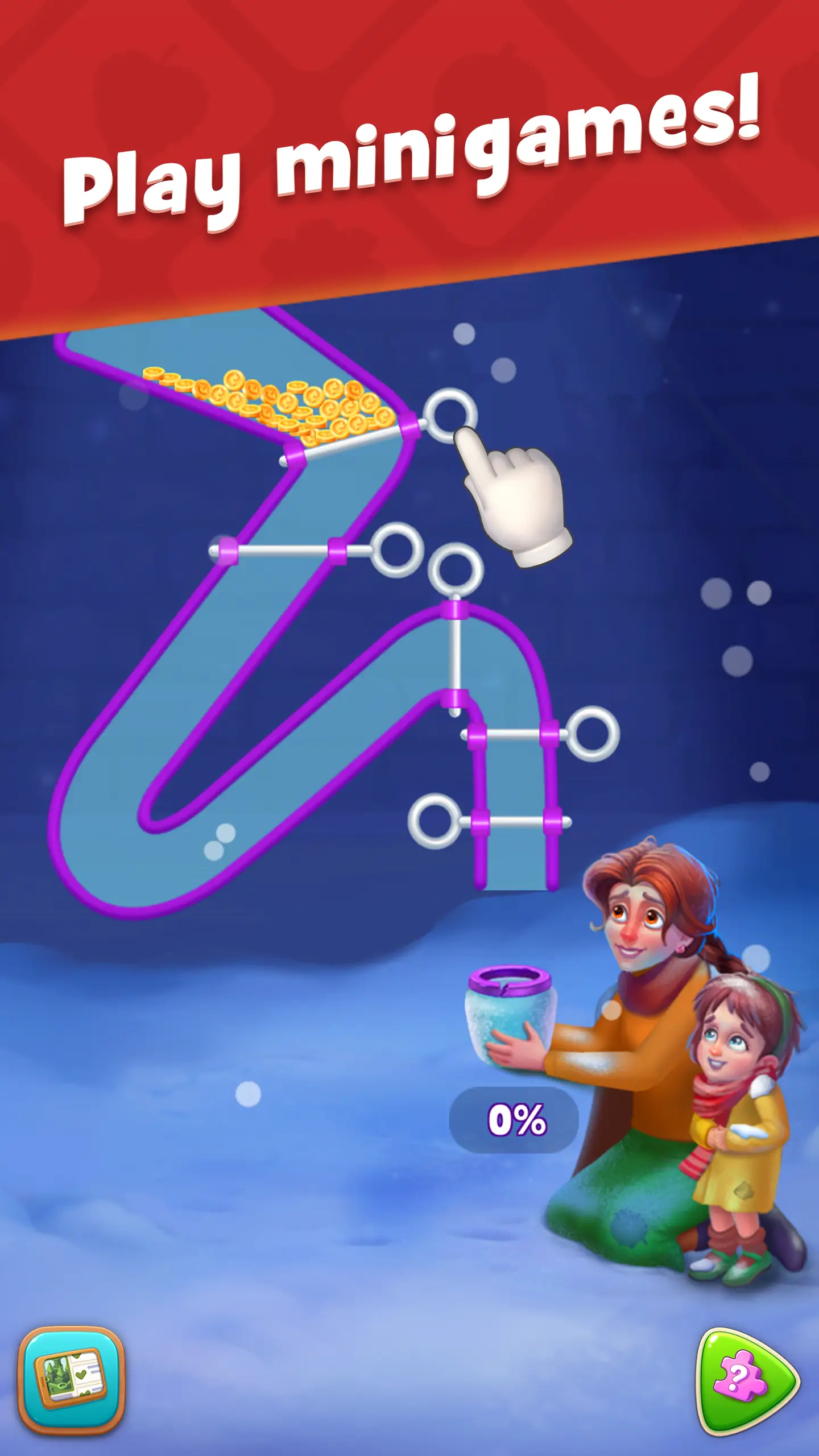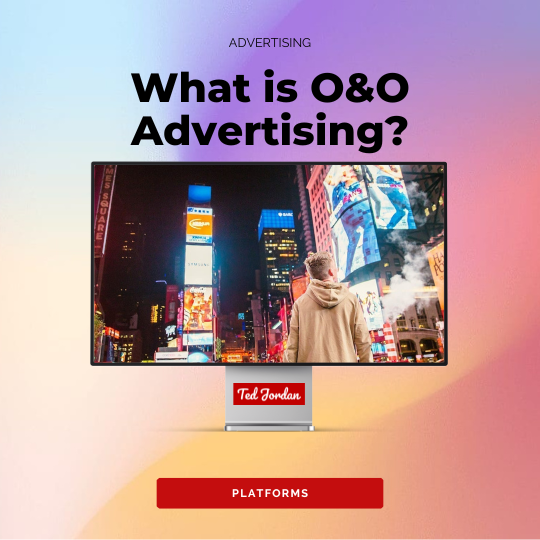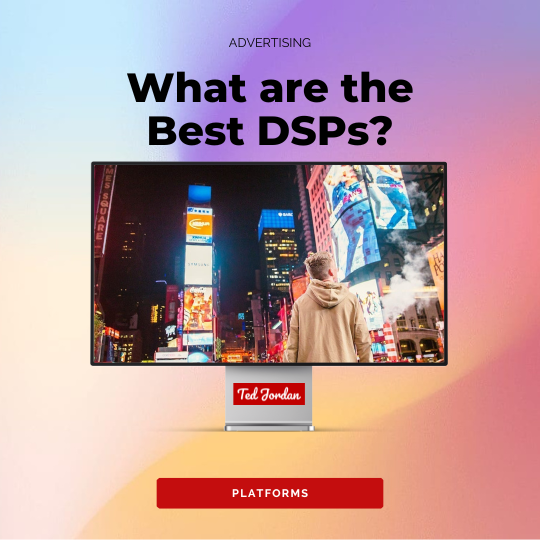What is rich media?
The term rich media describes a type of ad that includes customisable and advanced features. In digital advertising, rich media increases engagement and interactions with users with its creative content: a small game, a video, a quiz, before/after sliders, an augmented reality experience, etc. Scrolling through content, shaking their phone, dragging objects, answering questions: interactivity is everything with this type of creatives.
Rich media uses HTML5 to include different types of content within the same ad. For example, a Desktop leaderboard could include a static image and a game, and be expandable. This display format would be considered as a rich media banner ad.
With rich media advertising, users spend more time engaging with a brand, which increases their interest. They want to learn more about the brand and its products if they enjoy the rich media content… and are more willing to buy from it!
Captivating ads, such as rich media creatives, considerably reduce banner blindness: website visitors are not used to seeing interactive and dynamic ads, so their eyes can’t ignore them. This is really good for advertisers who want to increase sales and brand engagement.
These ads also allow advertisers to track more metrics than with traditional ad creatives: engagement rate with the dynamic content, number of impressions and clicks, CTR, number of interactions, etc. It’s also possible to add a share button on rich media ads, for example.
Because rich media ads are fully customisable and can integrate different types of content, there is a large array of rich media formats available to choose from.
Common rich media formats and examples
Banner ads
Display banners represent the most basic and common rich media ads. They often mix static content with animated ones, like a video.
Mobile interscrollers
Interscroller ads appear between content when a user is scrolling down. They cover the entire mobile screen and are very engaging. Even more when they are created as rich media ads.
For example, the rich media interscroller ad here combines video and AR (augmented reality).
Expandable ads
Expandable ads can increase in size beyond their initial dimensions. This action is triggered by user interaction (a click, a tap on the screen) or automatically (it’s called auto-expansion). These ads overlay the app or web page content and can expand in various directions.
Carousels
Carousel ads are great for showcasing multiple products or offers in a single ad. Users usually need to click an arrow to see all the carousel slides. This format is also perfect to explain a step-by-step process.
Quizzes
Quizzes and polls are great for increasing interaction while collecting valuable data about your audience. For example, in this example, the advertiser learns about the types of holidays the user likes and recommends the best holiday option as a result. This rich media ad combines a quiz, a banner and a video.
Scratch cards
Similar to lottery tickets where you need to scratch off a surface to reveal whether you have won a prize or not, scratchcard ads work the same way. This rich media format increases curiosity: who wouldn’t want to know what’s behind the surface? Maybe a special deal? Or a chance to win an amazing prize?
Showcase banners
Showcase banners are ideal for advertising clothing collections or product features. Users, for example, just need to click a touchpoint to learn more about a specific feature or an outfit.
In the examples below, Zara showcases three different products on a static image, and Cupra highlights some of the Formentor’s best features alongside a video. These are great examples of rich media ads.
Before/after ads
Showcase makeup looks, discounts, and products in different colours or physical transformations, with slider ads. Users love before/after reveals: use this engaging format to your advantage! This rich media format is also called “slider” or “divider”.
Gamified ads
Gamified ads are mainly displayed on mobile devices because they often advertise an app. They are more effective than static or video ads because users can try the app before purchasing it for free. Gardenscapes is one of the advertisers using playable ads the most.
This rich media advertising format is on the rise because it’s part of in-app advertising: in 2025, in-app advertising is forecast to reach $390.04bn (source: Statista).

“Gaming ads with a video or playable element are over 20x more likely to result in an install than banner ads.”
Source: liftoff report 2024
Mobile ads and MRAID
To avoid having to create a multitude of versions for the same ad in order to run across different apps, IAB created MRAID. MRAID stands for Mobile Rich Media Ad Interface Definitions. It’s the standardised API for mobile rich media creatives that run in mobile apps.
Visit the IAB MRAID page for more information.
Benefits of Programmatic rich media
Reduced banner ad blindness
Banner blindness describes the phenomenon where users ignore Display ads when visiting a website or using an app because they are used to them. Rich media advertising, with its dynamic and interactive elements, grabs users’ attention more easily. It’s much harder to ignore these captivating ads compared to standard digital ad formats.
Higher engagement
Thanks to interactive elements that capture a user’s attention, website visitors and app users are more willing to interact with the ad. Playing a game, scratching a card to discover what’s behind an image, answering a short poll, discovering a brand new car thanks to an immersive 360° experience on your phone: when you see a Programmatic rich media ad, it’s difficult to resist it.

And the longer users interact with an ad, the better are the chances of going down the sales funnel!
On average, there is a 35% increase in clicks with rich media.
Source: Criteo
Fully customisable ads
Rich media ads are fully customisable, which allows brands and agencies to build tailored creatives that reflect a brand’s goals and objectives. With this HTML5 format, you can adapt your ads to your target audience and increase engagement while boosting brand awareness.
Highly personalised ads also improve ad relevance: your target audience sees or hears your ad at the best time, depending on their behaviour, their purchase history or their interests.
With rich media advertising, you can tell stories in original ways and highlight products your way.
Increased brand awareness
The visual elements of rich media ads play a crucial role in brand awareness: ads are more noticeable so users spend more time engaging with them and watching them. In digital marketing, standing out is key: users will more often recall an ad with interactive elements versus standard static ads.
Higher purchase intent
The more time you spend knowing a brand, the better are the chances of wanting to try one of its products. That’s the trick with rich media advertising!
The more products you discover thanks to carousels, the variety of designs showcased in dynamic banners, or, even better, the games you try for free thanks to playable ads: if you like what you experienced, you’ll want to learn more about the brand. And, maybe, directly want to buy a game on your mobile phone, for example.

Valuable data
Rich media allows brands to track valuable data: hover time, clicks, behaviours, interests (with quizzes and surveys). This amazing format helps brands understand their customers’ preferences and create better ads in the future.
With Programmatic rich media ads, you can even go a step further and optimise your creatives in real time.
Conclusion
Now that you know what rich media banner ads or MRAID banners are, that you’ve seen desktop and mobile rich media ad examples, and that you know why this dynamic and interactive advertising format is amazing to grab users’ attention, why not test it in your next Programmatic campaign?
Banner, interscroller, expandable ad, carousel, quiz, scratch card, slicer, showcase banner, or playable ad: which rich media format will you use to surprise your customers and send them to your website?
Say goodbye to boring static ads that no one sees any more, and say hello to interactive and highly engaging ads with rich media advertising!
Increase your brand awareness, collect valuable data for your current and future campaigns, increase CTR and conversions, and reduce your CPA. Start using this ad format now.




